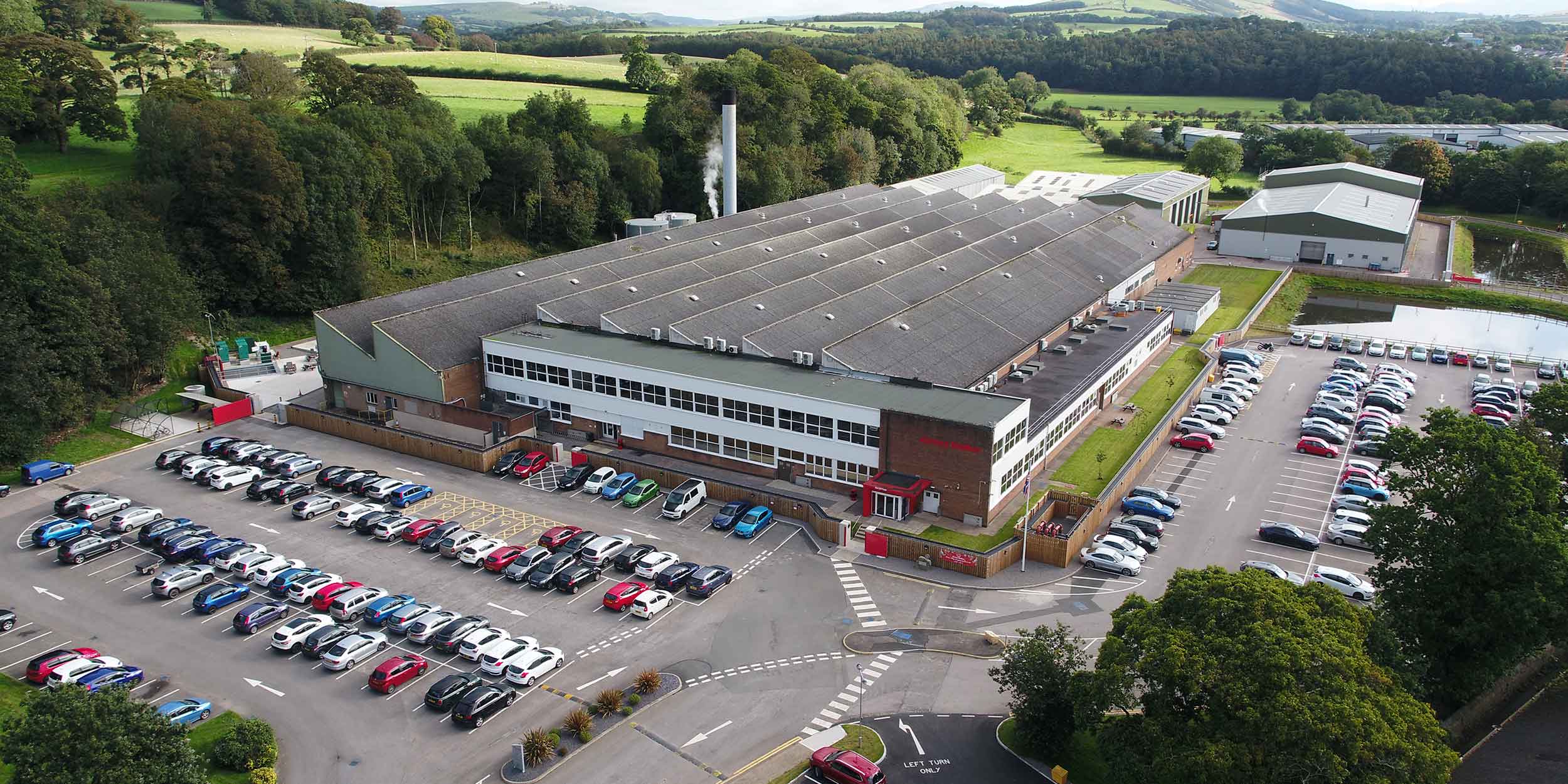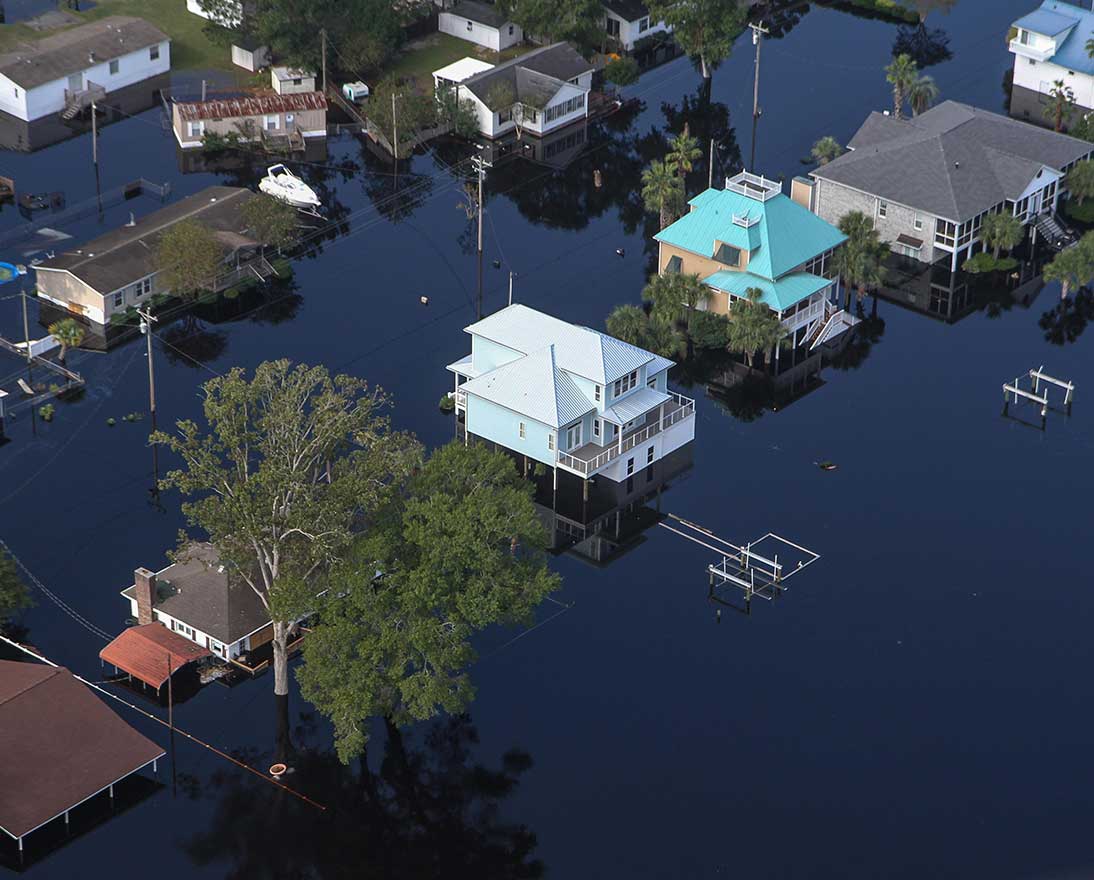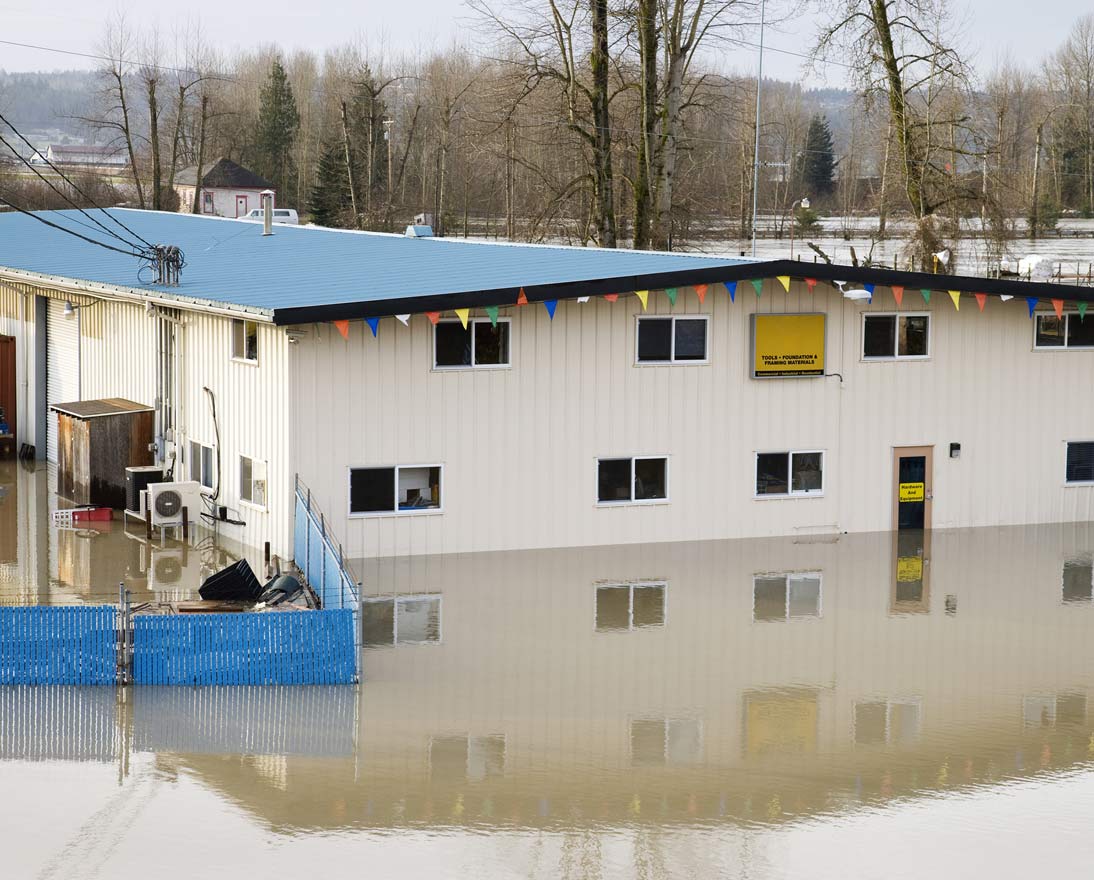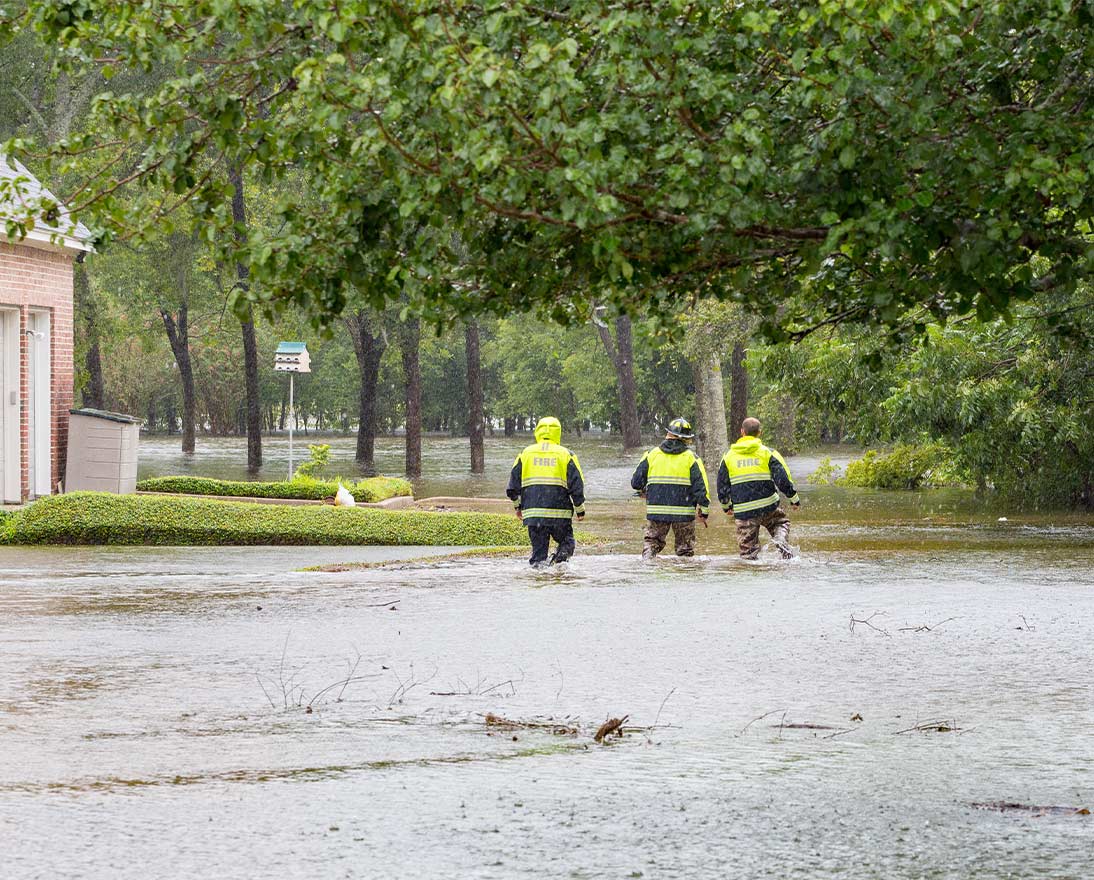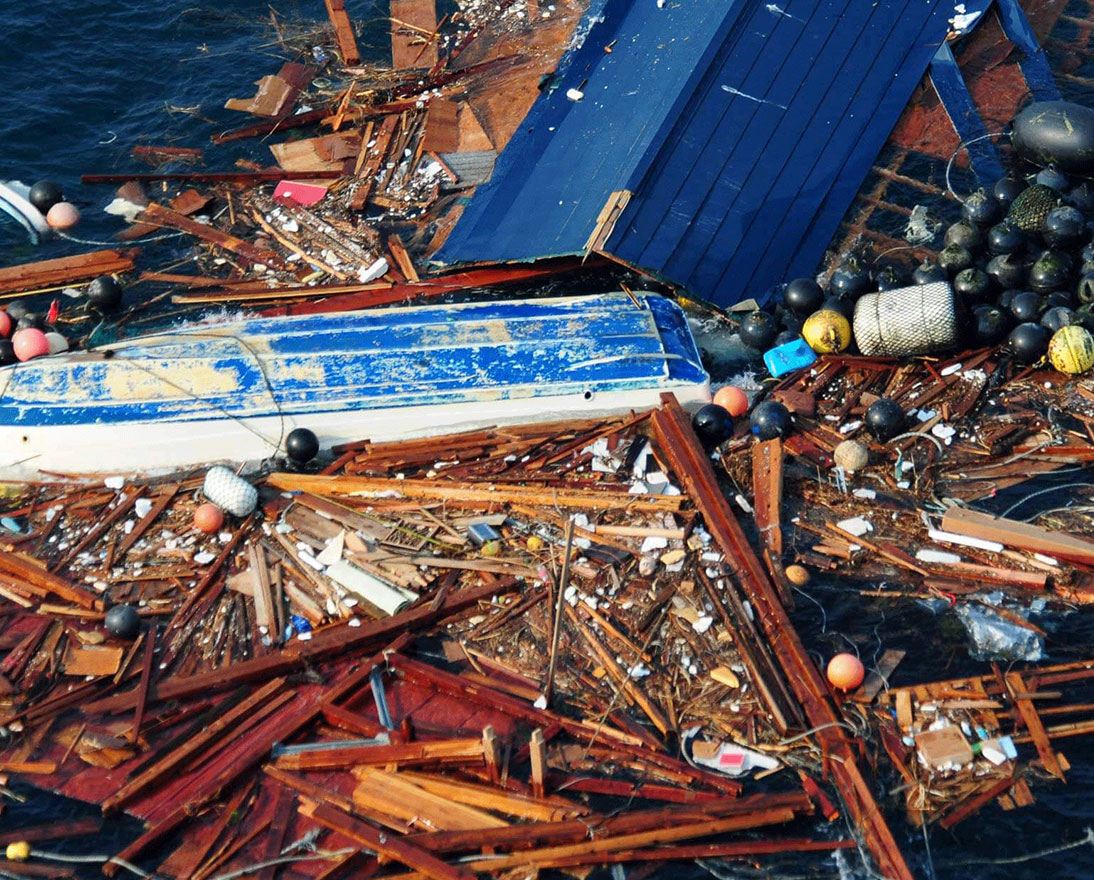Building a ‘Thames Barrier’ to make a site climate change resilient
Natural hazardsArticleMarch 2, 20203 min read
In December 2015, Storm Desmond unleashed devastating floods across northwest England that impacted Zurich customer James Walker Ltd. In response, James Walker developed a state-of-the-art flood defense scheme that is climate change resilient.
As a manufacturer of high performance fluid sealing products to critical industries, such as the nuclear and aerospace industries, continuity of supply is vital to James Walker. So when its production site in Cumbria, north-west England, was hit by floods in 2009 and 2015 it went to great lengths to safeguard the site.
"We’re in the business of protecting property, people and the environment with our sealing systems for critical applications. To provide our customers with the necessary continuity of supply, we needed to avoid any repetition of the flood events,"explains Mark Brook, Manufacturing Director for James Walker.
To avoid future floods, James Walker secured funds from the Cumbria Local Enterprise Partnership, as part of Growth Deals and Northern Powerhouse, to build state-of-the-art flood defences designed to protect up to the ‘1 in 1,000’ flood event*. This means they provide the same amount of flood protection as the Thames Barrier in London.
Watch the video below to view the £2.6 million flood defences, devised by HR Wallingford, which safeguard the site, secure the jobs of over 400 employees, and have given James Walker the confidence to invest in a £10m expansion of its facilities.
"James Walker has delivered a flood defence scheme that is truly climate change resilient. There are not many businesses that can make that claim,"says Ralph De Mesquita, Principal Risk Analyst, Zurich Risk Engineering.
"If you have sites that are important for your business and customers, developing flood defences and emergency response plans is an essential investment."
*Note: The flood defences are designed to the 0.1% or ‘1 in 1000’ annual exceedance probability (AEP) flood event. This means, for any given year, there is just a 0.1%, or 1 in 1000, chance of such a flood occurring or being exceeded. Most flood defences are only designed to the ‘1 in 100’ (1%) or ‘1 in 200’ (0.5%) AEP - this leaves a residual risk, sometimes referred to as a cliff edge effect, of the flood defences being overtopped when the 1% or 0.5% flood design events are exceeded.
